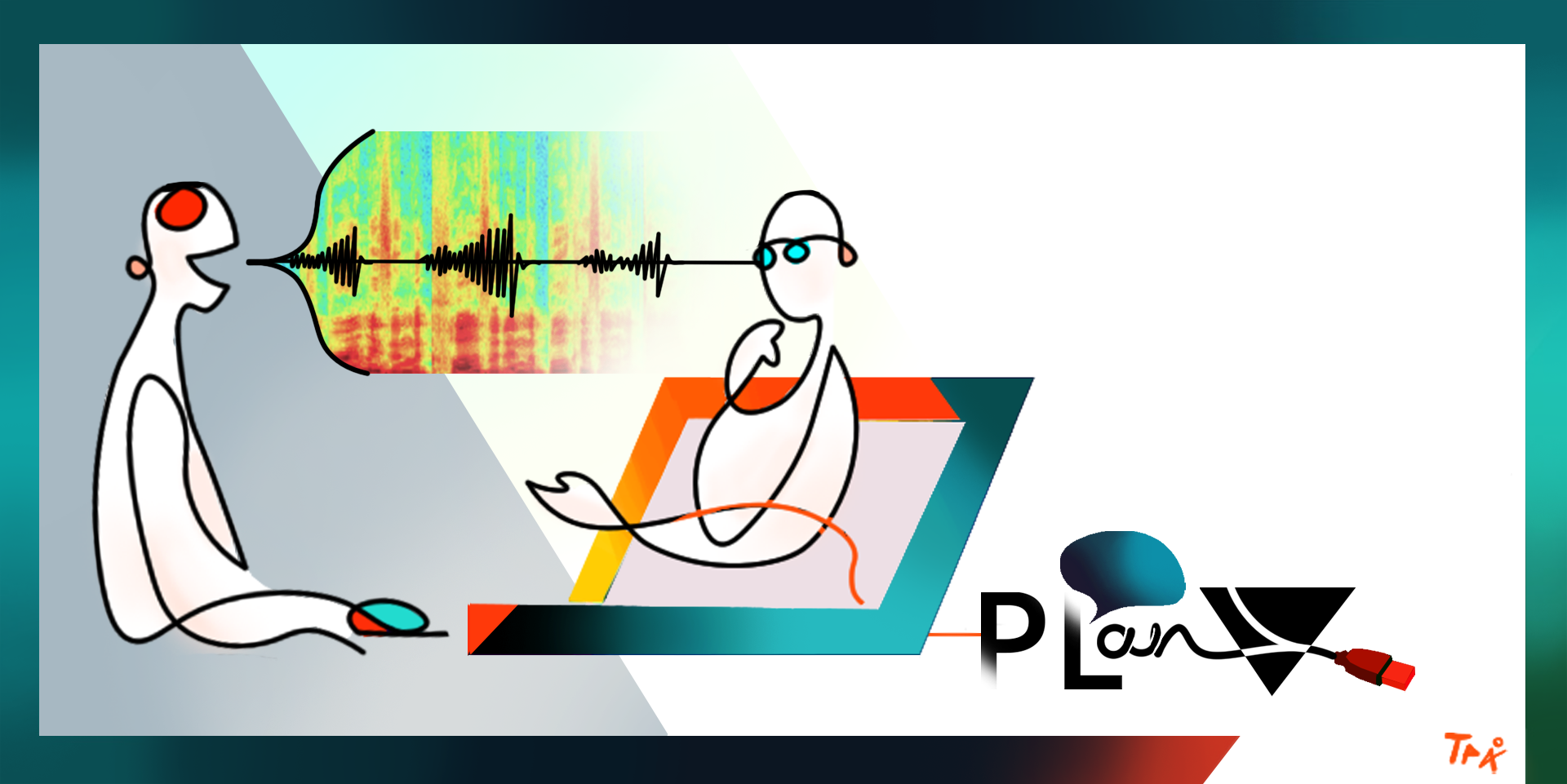Clinical Activities
The clinical activities of PLan-V include a series of tasks that can be broadly divided into two categories, corresponding to the two types of communication disorders targeted in this project, i.e. Speech Disorders and Language Disorders.
The overall framework behind the tasks is based on the principles of individualized learning. The aim of the activities is for the patient to achieve higher performance and functional communication abilities via the implementation of appropriate and effective intervention protocols and the strategic use of feedback and facilitation. The speech & language therapist can monitor the patients’ performance as they progress through the different activities and they can make changes to the treatment plan when deemed necessary, based on the patients’ needs.

Speech
Assessment
It involves the construction and validation of a speech assessment task for Greek-speaking patients with motor speech disorders.
Therapy/Clinical Protocols
The intervention program will include tasks that target the following areas:
- Voice
- Rate of speech
- Stress and Intonation
- Articulation

Language
Spontaneous speech
Spontaneous speech data from individuals with communication disorders are collected in order to construct a machine learning algorithm that will allow to automatically classify patients on the severity level of their language deficits.
Therapy/Clinical Protocols
Language intervention activities focus on both the lexicon and the sentence level, and cover the following areas:
- Lexicon
- Comprehension (nouns, verbs, adjectives, adverbs)
- Production, intervention activities based on:
- multiple cues to facilitate single-word naming (Multiple-cue therapy)
- phonological characteristics (Phonological feature Analysis)
- semantic characteristics (Semantic feature Analysis)
- orthographic characteristics (Orthographic feature Analysis)
- Sentence
- Comprehension
- Production
- Simple sentences
- Complex sentences (relative sentences, passive sentences)